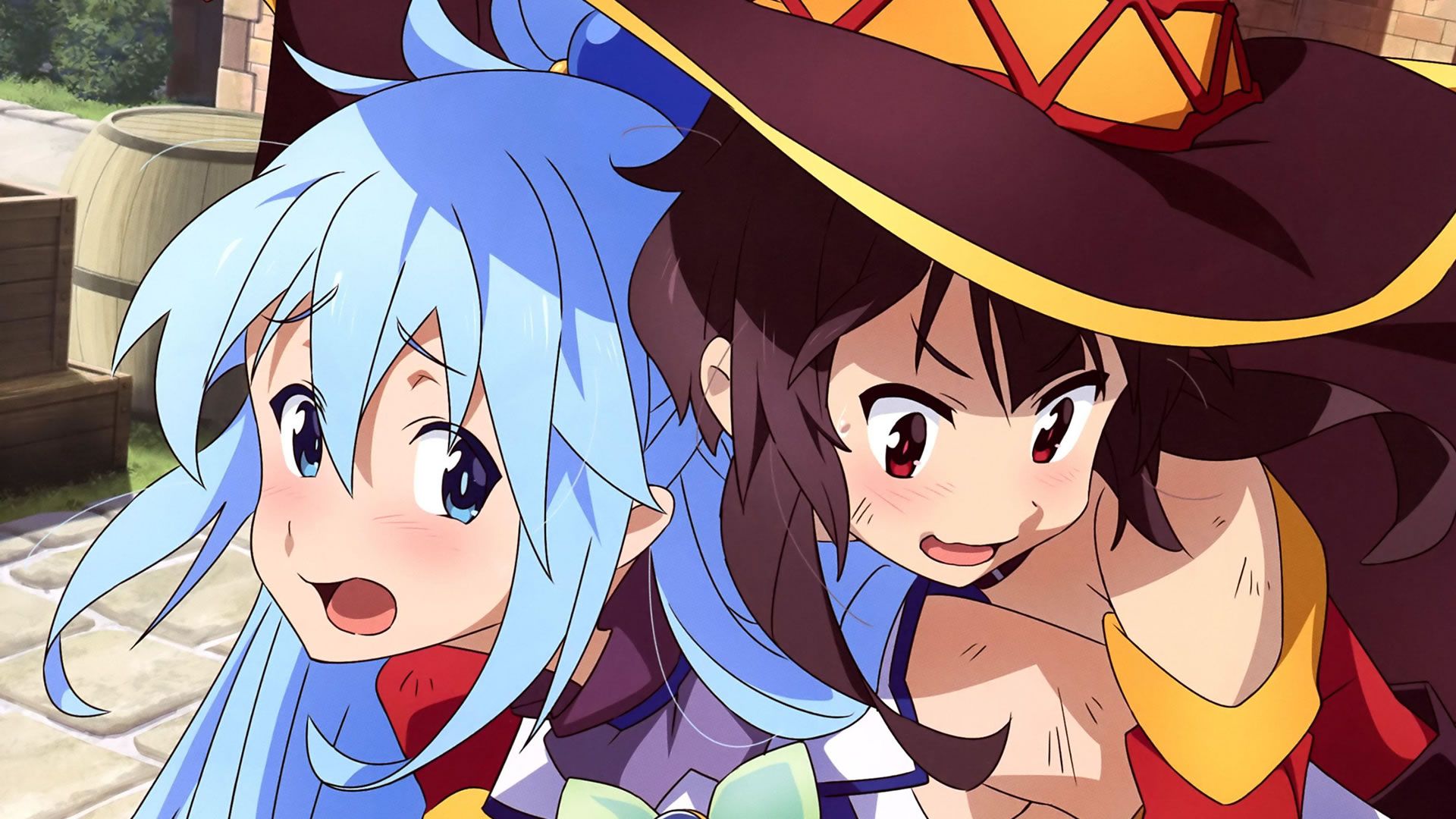Before Sword Art Onlineisekai was not at the center of the conversation: urban fantasy monopolized the attention and “trips to another world” were exceptions. With the emergence of SAO in 2012, the industry understood that the subgenre could be an audience accelerator. In just a few years, each season added new titles, some memorable and others expendable.
Following isekai during the 2010s allows us to see how it went from rarity to a dominant trend. In 2010 there were no weighty proposals; for 2019every quarter it already released two or three series. Still, in almost every year a title emerged that focused the conversation: by design, by world, by characters or by how it reimagined the rules of the genre.
This review chooses, from 2011 to 2019the most representative isekai of each year. It is not a count of instant popularity, but rather a reading of the impact within the subgenre itself: what it contributed, what it consolidated and why it continues to be the reference of that calendar.
2011—Digimon Xros Wars
Digimon Xros Wars revitalized the franchise with three seasons, differentiated arcs and a clear antagonist in Lord Bagramon. The premise leads to taiki to the Digital World to organize an alliance that liberates that ecosystem, decisively embracing the codes of the “monster collector”.
The series allowed itself to alter conventions of the saga: the evolution by fusion with Shoutmon He imprinted a spirit close to the mecha and a climbing rhythm that distinguished his first stage. It was the reminder that Digimon could reinvent itself without losing identity.
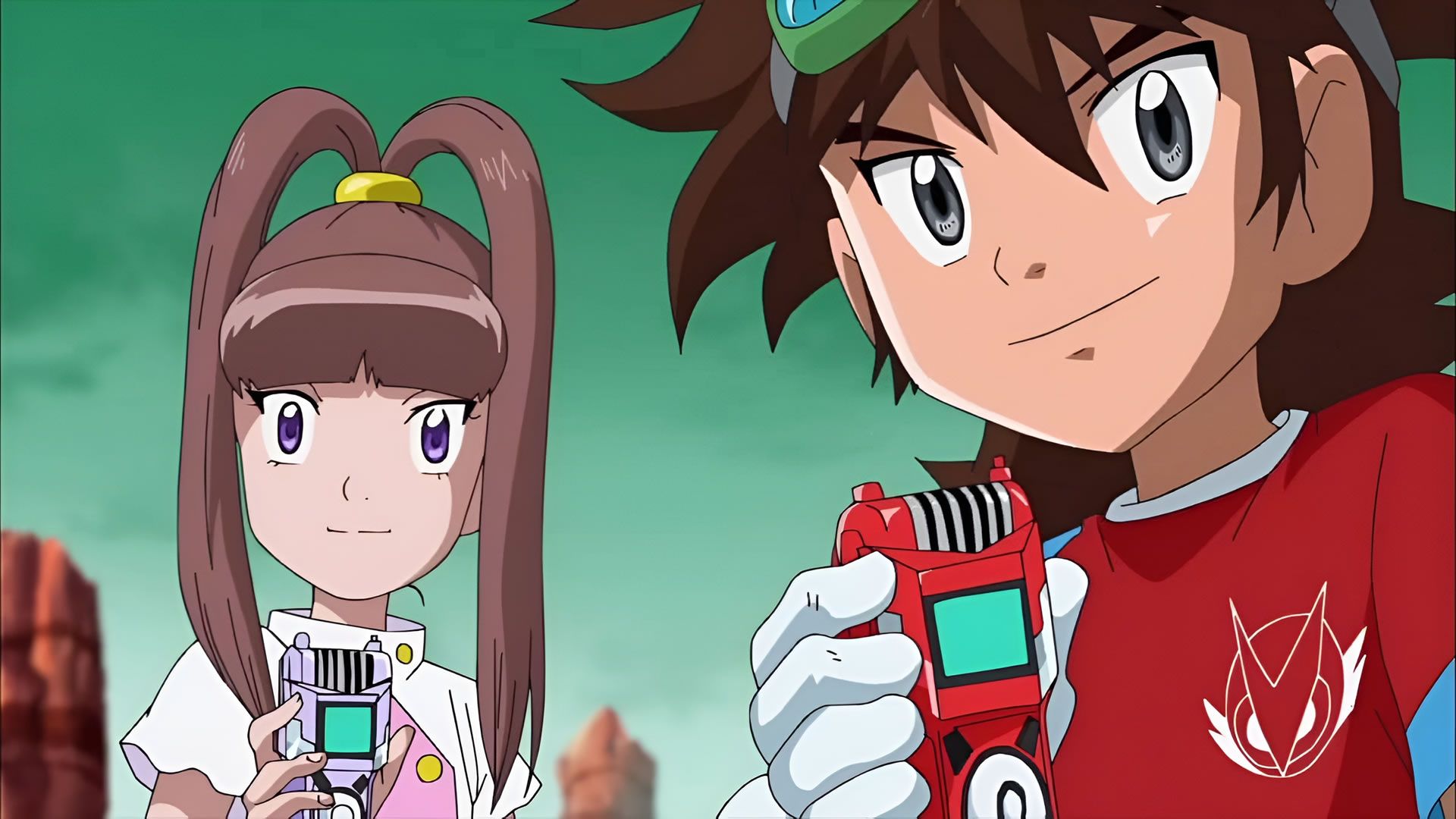
2012—Sword Art Online
Sword Art Online It is not strict isekai in classical terms, but it crystallized the phenomenon: a VRMMO deadly, a compelling objective—“finish the game”—and a protagonist, Kiritowhich set the silhouette of the subgenre hero for the decade.
With eye-catching animation and a powerful idea, SAO acted as an industrial lever. Its success paved the way for others to explore the “closed world” and survival codes, setting the turning point of the 2010s.
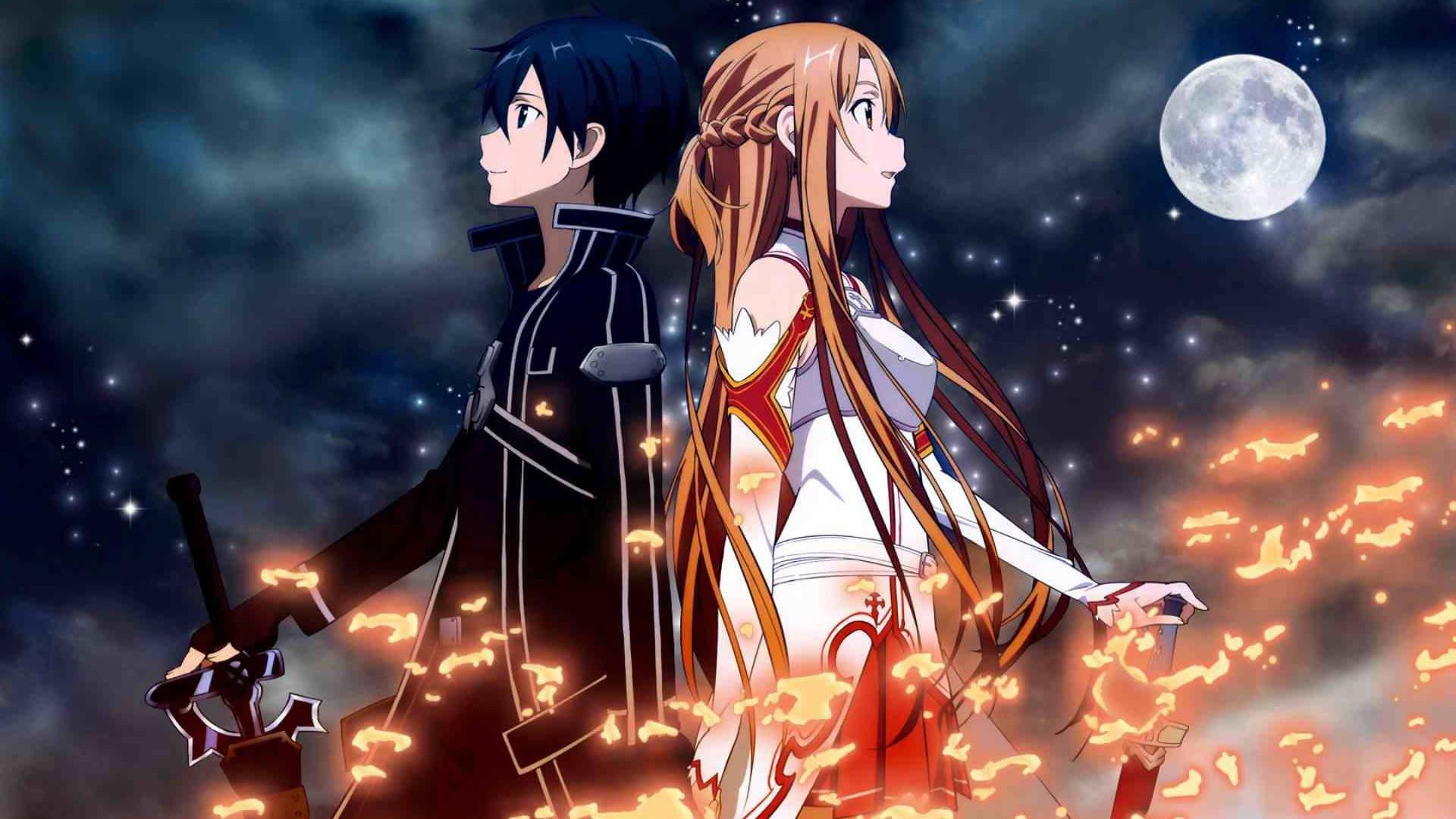
2013—Log Horizon
Log Horizon shared a virtual stage, but chose another path: if death does not liberate, we must build society. The series shifted attention to the domestic politics, economics and governance of Elder Talewith MMO tactics applied to combat and organization.
That turn turned their world into a laboratory of rules and consequences, closer to social simulation than to the pure “endgame.” In 2013, it was the perfect counterweight to the SAO approach.
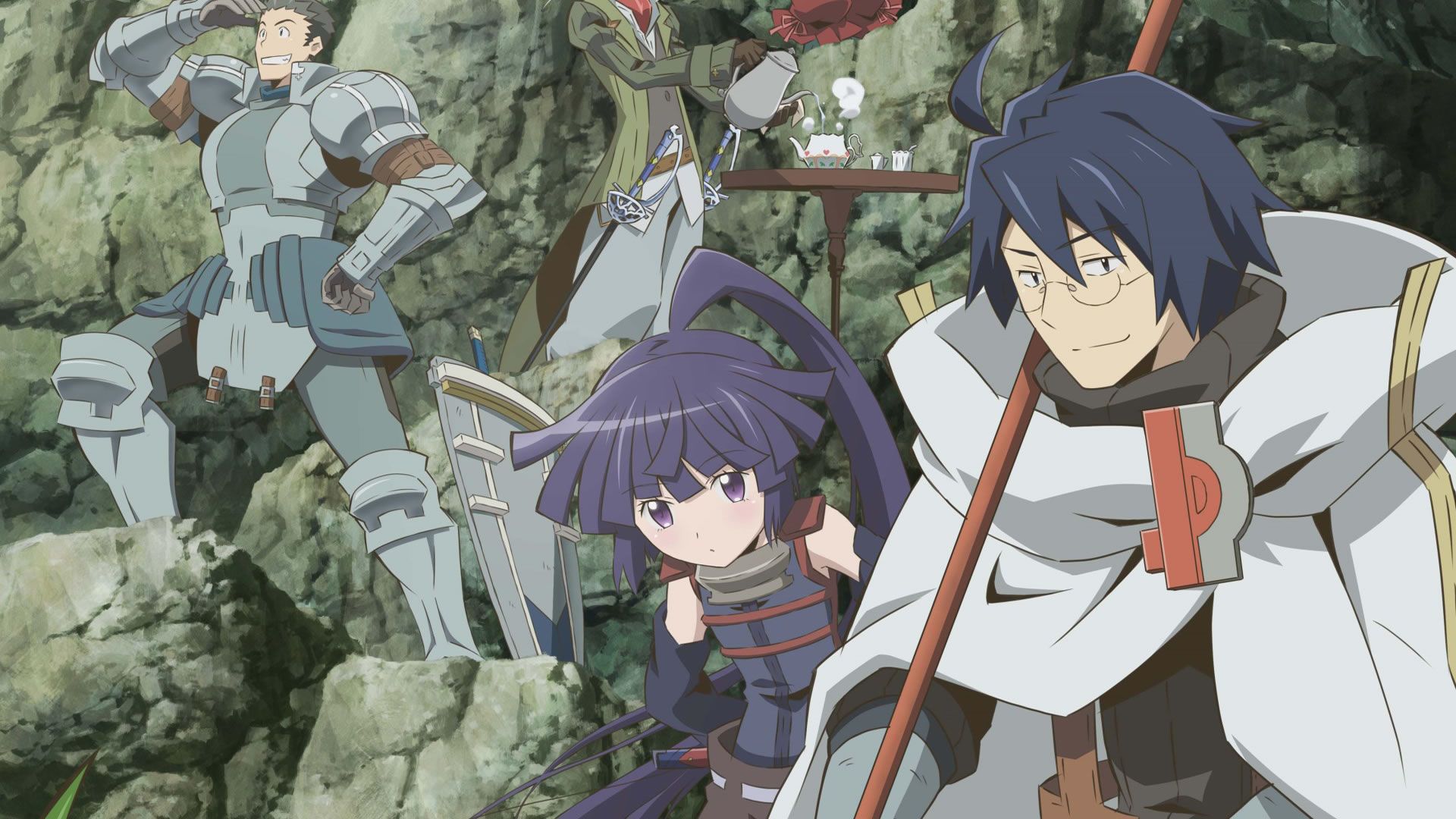
2014 — No Game No Life
No Game No Life showed that isekai does not need action to sustain itself: pure strategy in Disboardwhere sora and Shiro They subject conflicts to impossible games and bets. He art and the pallette They gave an instant visual identity.
By prioritizing mind over muscle, the title established a clear alternative within the boom. Its absence of a television sequel only fueled its status as the “only essential season” of the decade.
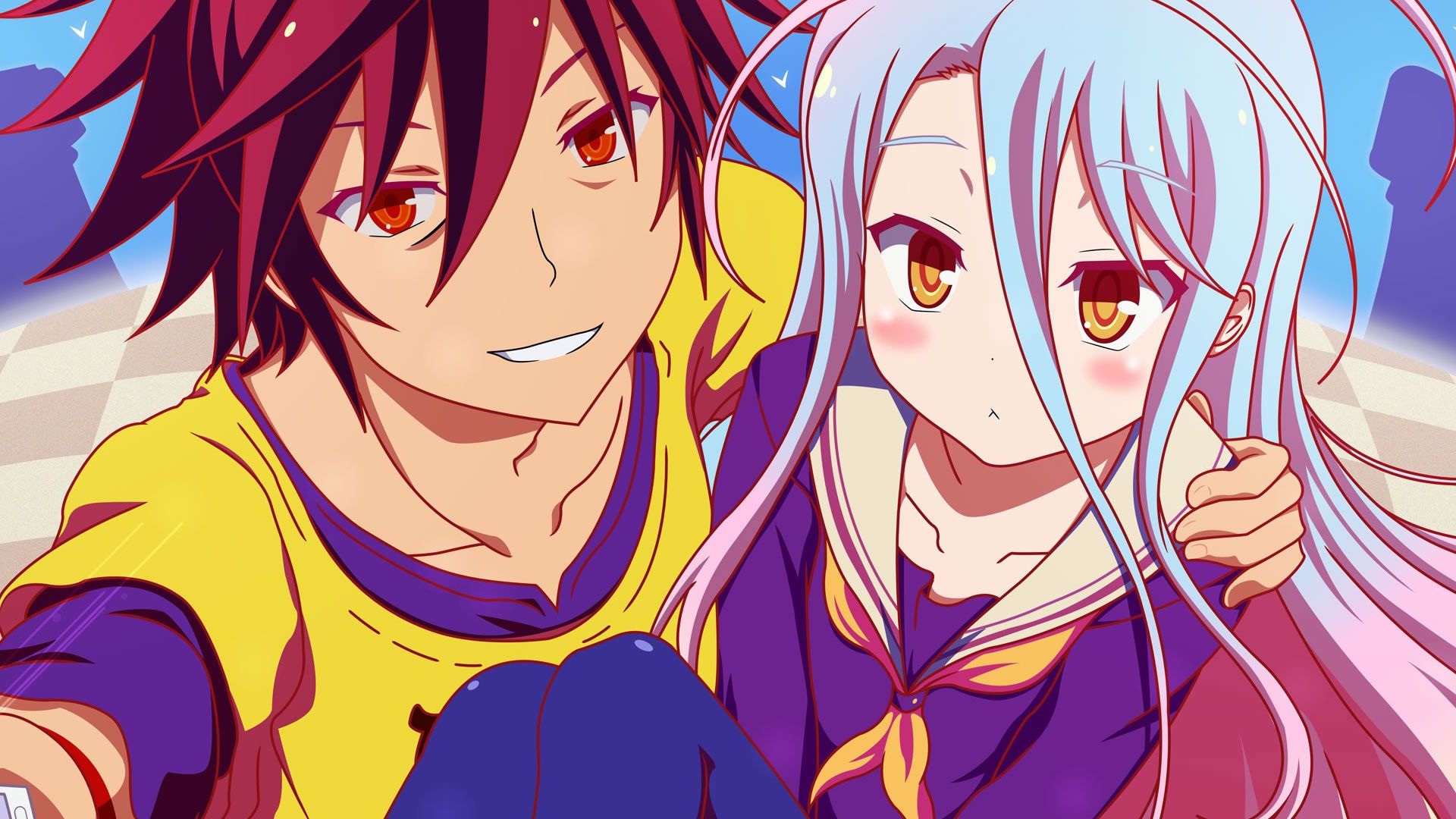
2015—Overlord
With Overlordthe genre embraced the villains as protagonists. Ainz Ooal Gown reigns over Yggdrasil after the game closes: overwhelming power, a dark fantasy world and a court that executes its will without question.
In 2015, few series offered such a frontal control fantasy: the interest was not in “if he can”, but in “how he will decide” to exercise his superiority. That's why it was the milestone of the year.
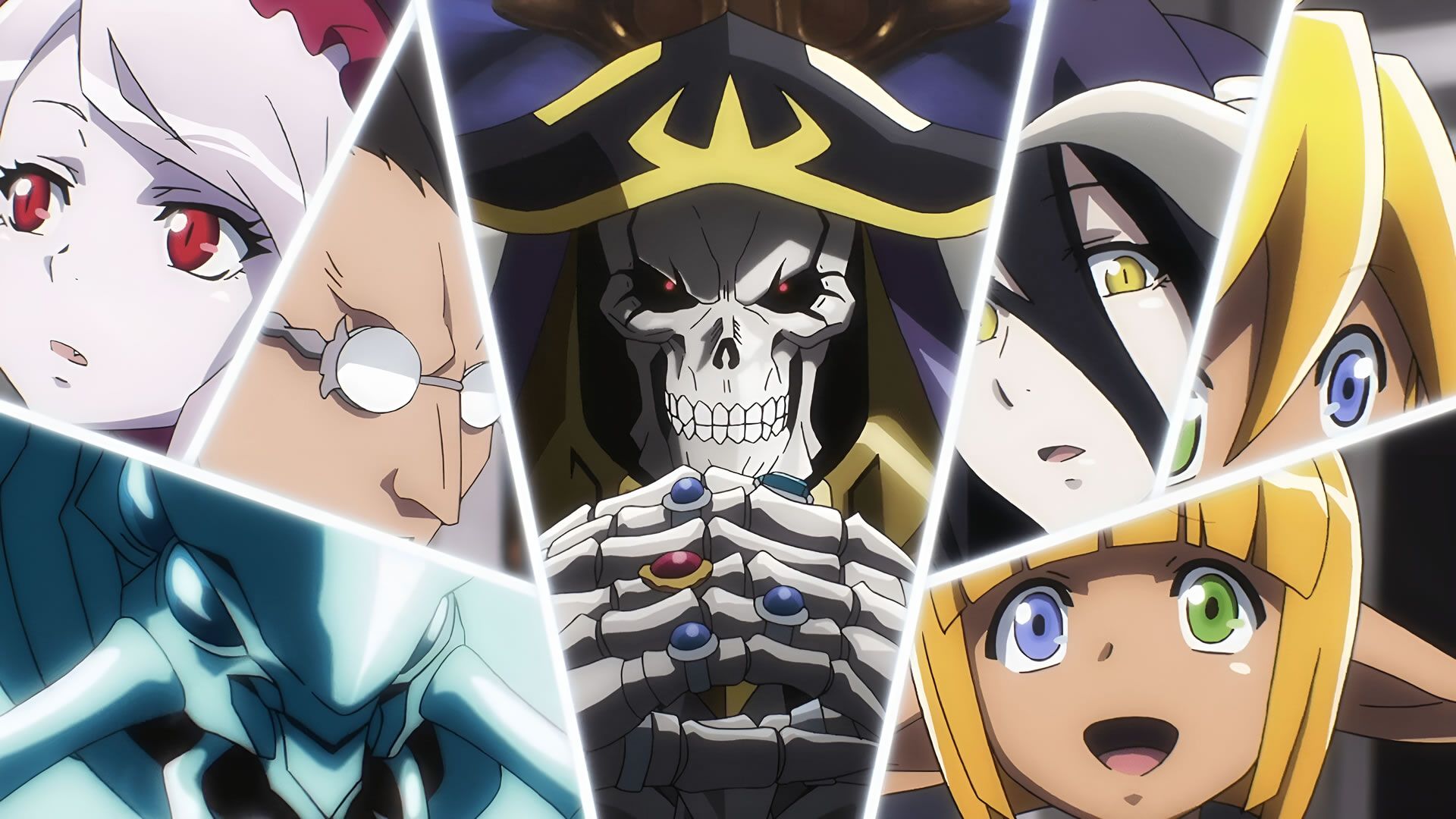
2016 — KonoSuba: God's Blessing on This Wonderful World!
KonoSuba He looked at the isekai and laughed with him: Kazuma and his dysfunctional party dismantle the mystique of the overpowered with misadventures worthy of a tabletop campaign. Comedy, bad fortune and creative resolution as a driving force.
More than a specific parody, it established a tone that many would try to replicate without their timing. In 2016, it was the perfect antidote to the saturation of solemn clones.
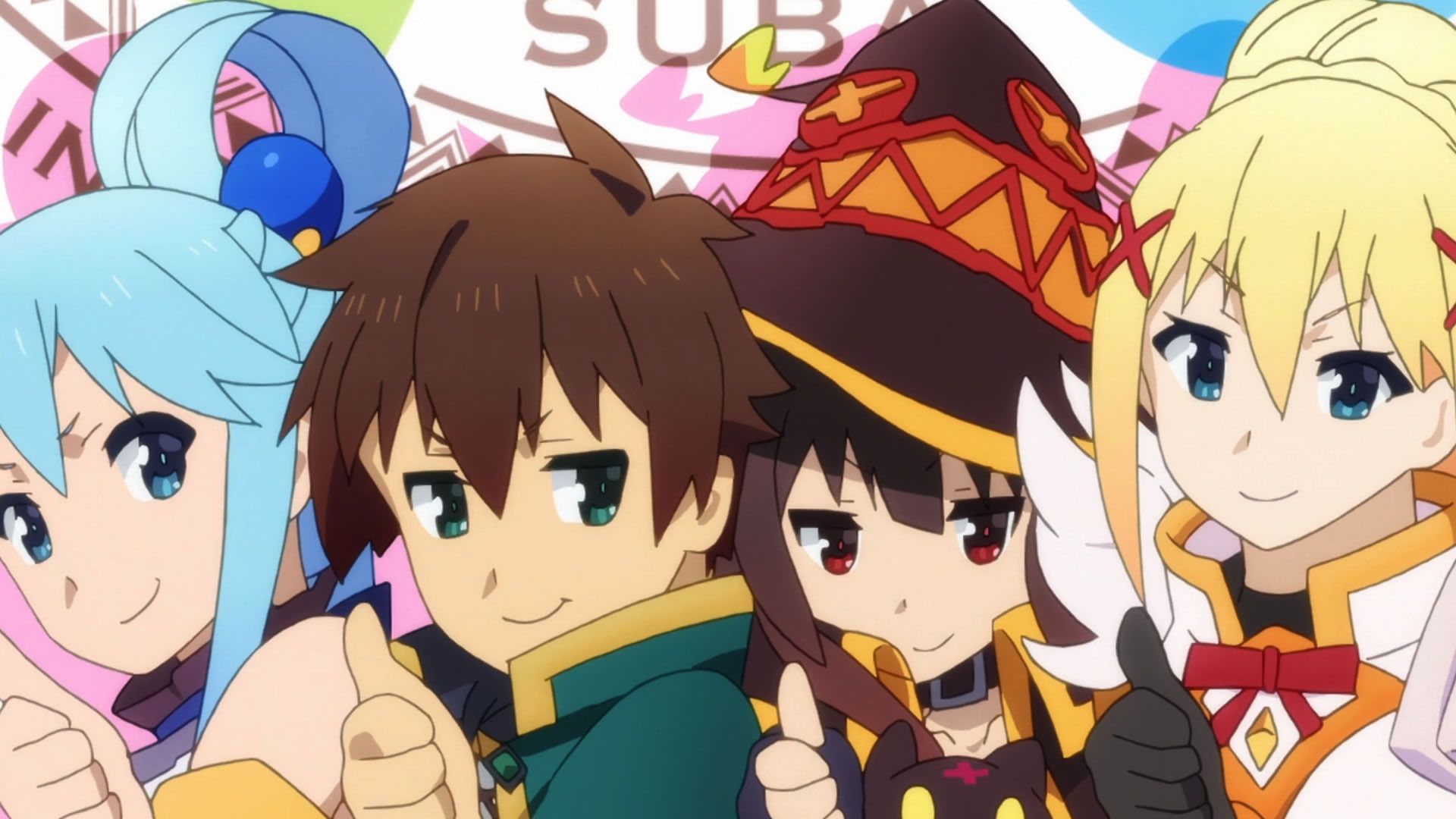
2017 — Knight's & Magic
Knight's & Magic reunite the isekai with him wick: Ernesti Echevalier He is reborn in a world with chivalrous robots and turns his obsession to designing and piloting. The series alternates technical development with testing ground.
For lovers of the genre, it was a love letter: iteration, improvement and mechanical spectacle as a narrative structure. 2017 had its most natural crossover between two historical anime traditions here.
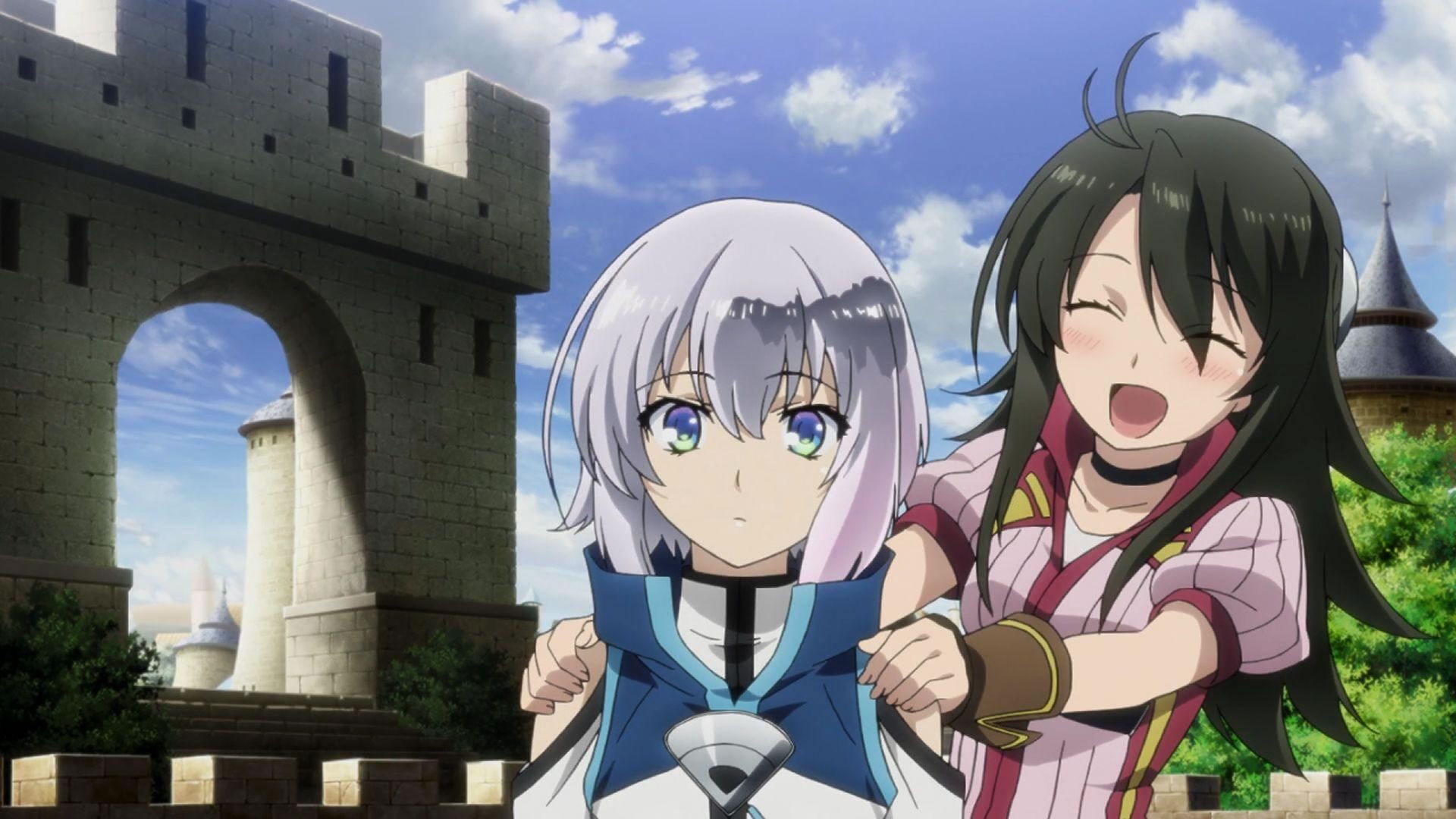
2018 — Tensei Shitara Slime Datta Ken (That Time I Got Reincarnated as a Slime)
Rimuru “reincarnated as” from the 2020s. Clear world, readable RPG rules and a progression that invited you to discover the map at your own pace, between pacts, races and upgrades.
The first season works like worldbuilding manual accessible: the system is understood and that is why the rise of the protagonist is satisfactory. It was the lighthouse of 2018.
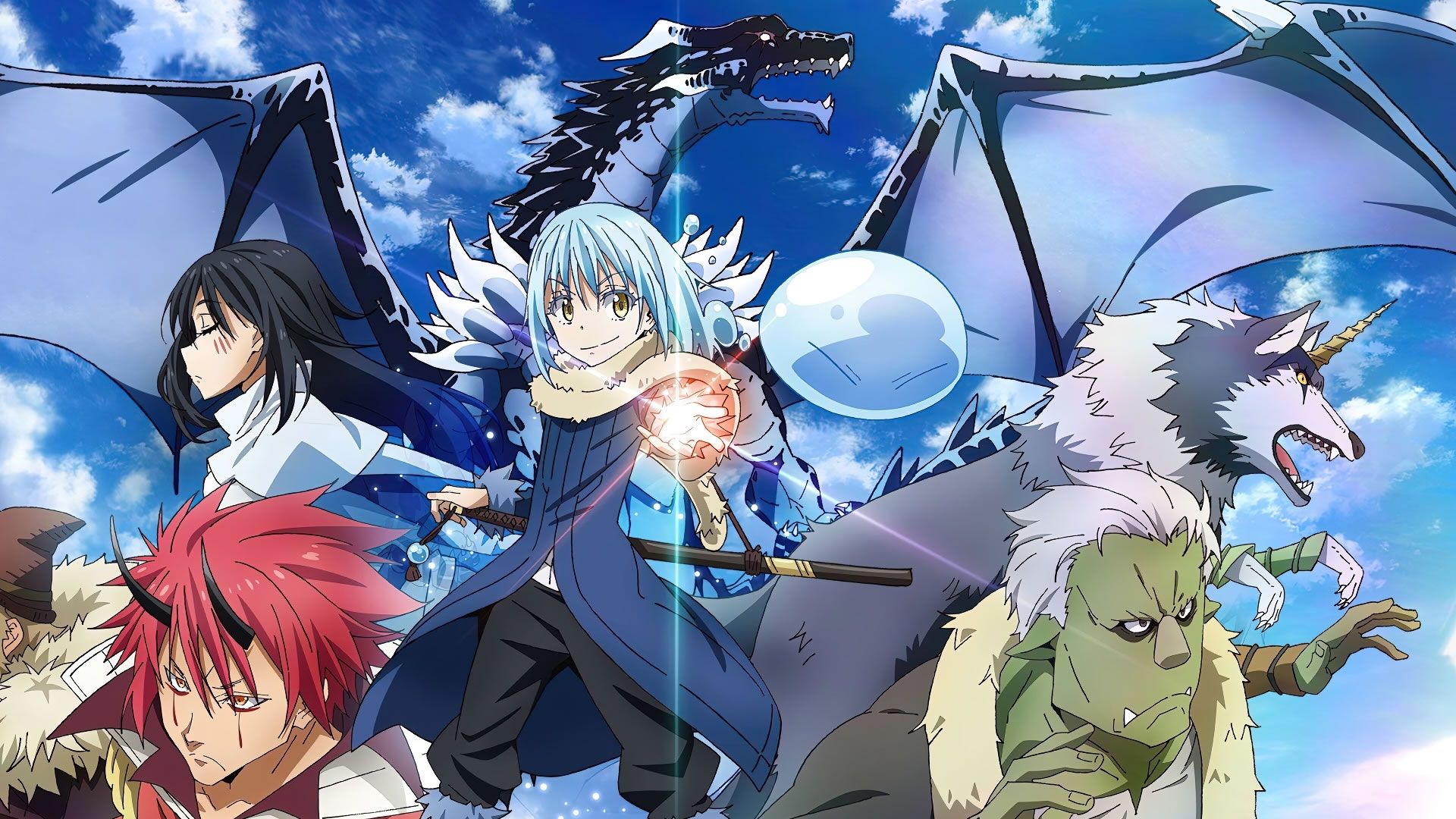
2019 — Welcome to Demon School! Iruma-kun
Iruma-kun added the shonen spark to the school isekai: a human camouflaged in the demon worldsecret identity and growth from naivety. Its tone is reminiscent of comedies from the 2000s due to its rhythm and warmth.
Far from “power by decree”, he is committed to charisma and situation. In an already saturated year, it stood out for its freshness and consistency; That's why it is the banner of 2019.
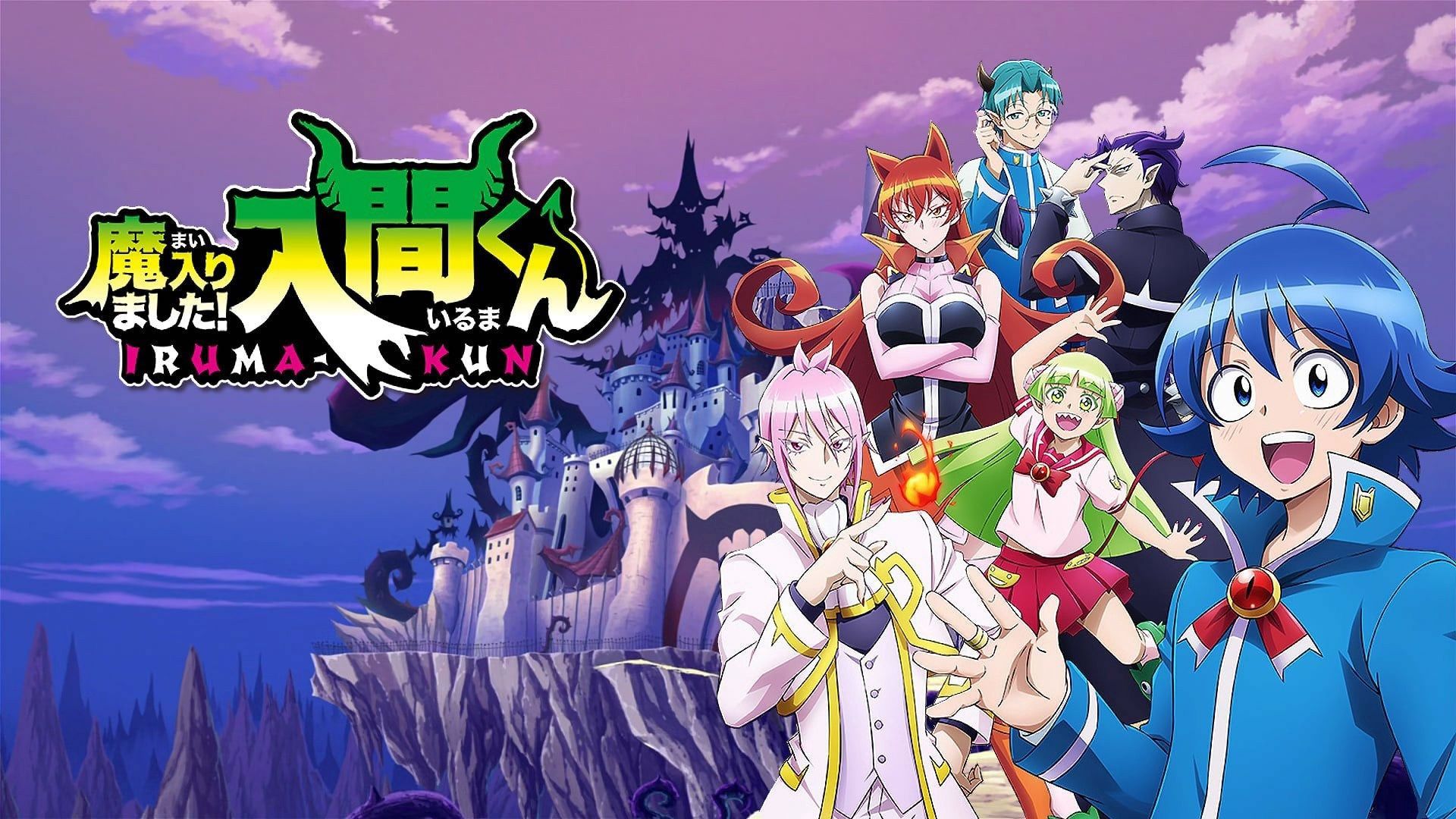
The 2010s saw isekai go from exception to common parlance: from closed worlds and survival, to satire, charismatic villains, reimagined mecha and systems engineering. Each year he left a title that explains why the subgenre conquered different grids and audiences. Which of these isekai best defines the 2010s for you, and which year would you change on the podium?
